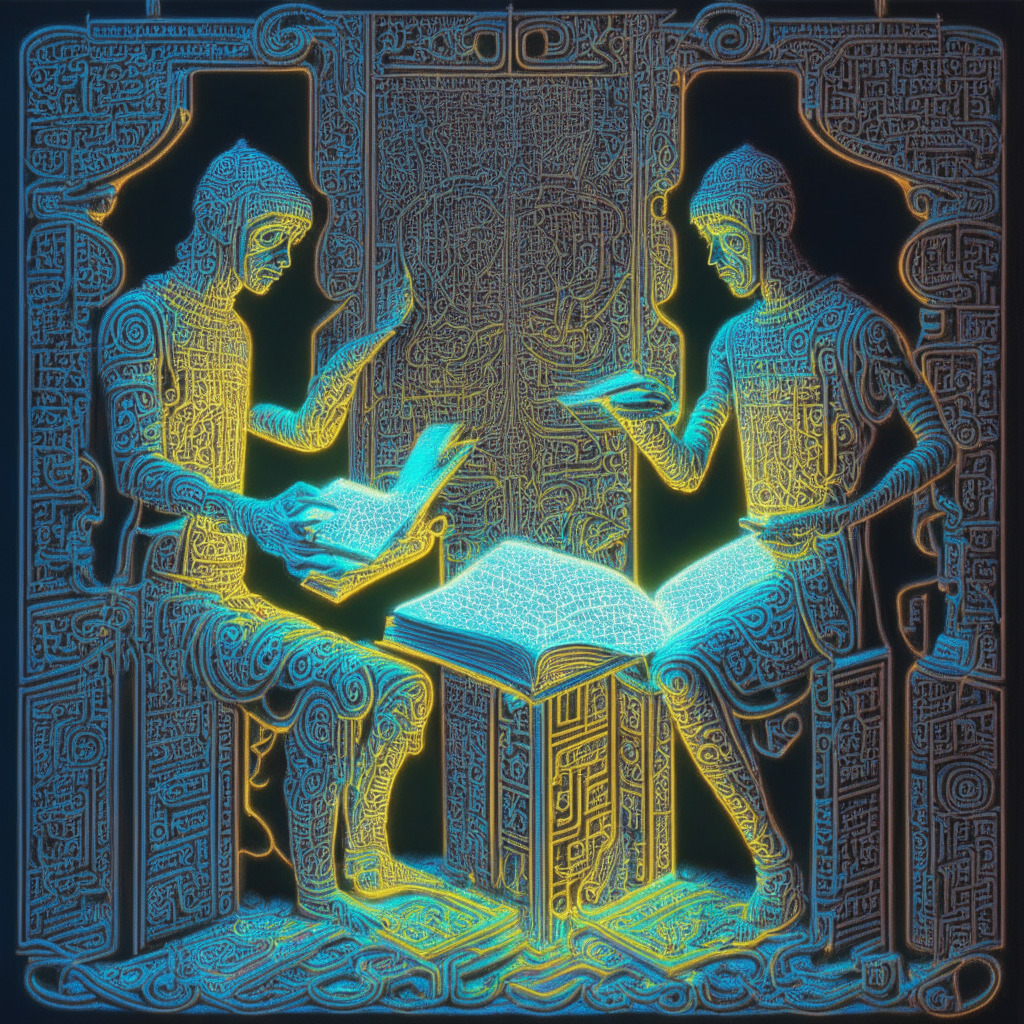There’s a recent buzz in the blockchain community about the fascinating revelation that Brazil’s pilot Central Bank Digital Currency (CBDC), known as Real Digital, contains coding that could potentially freeze or even lower funds. This was exposed by Pedro Magalhães, a blockchain developer with impressive skills that allowed him to reverse-engineer the source code of Brazil’s pilot CBDC.
After exploring the source code, Magalhães found functions that would deliver the power to freeze funds, reduce balances or carry out other detailed actions. This involved moving Real Digital from one address to another, or creating or burning Real Digital from a specified address. It is now speculated that Brazil’s central bank may maintain these functions for purposes such as facilitated loan operations and other financial movements conducted on decentralized finance protocols.
However, echoing the views of many in the crypto world, Magalhães pointed out the code’s lack of clarity regarding the circumstances under which these powers could be executed, and more importantly, the question of who holds this commanding authority. He argued that firm regulations and parameters should be publicly exposed and discussed with the community regarding these operations.
This situation has ultimately raised concerns among crypto enthusiasts about the potentiality of CBDCs infringing on their financial freedom and possibly encroaching on their privacy. Despite these concerns, Magalhães underlined that a CBDC like the Real Digital could offer certain benefits, for instance, making taxes more traceable and enhancing transparency in state purchases and parliamentary tasks.
However, it’s worth noting that the Real Digital pilot project, currently operating on Hyperledger Besu, is structured for use only in a test environment. Consequently, any future modifications to the code could be implemented before the main launch.
To summarise, while the potential functions of Real Digital might be welcomed by some for reasons of operational efficiency and transparency, others perceive these functions as a potential threat to financial freedom and privacy. The way forward demands an open discussion and mutual agreement on the rules that regulate the use of such immense power. After all, the beauty of blockchain and cryptocurrency is their democratizing potential, a value that should be safeguarded as we move forward into a new financial era.
Source: Cointelegraph




